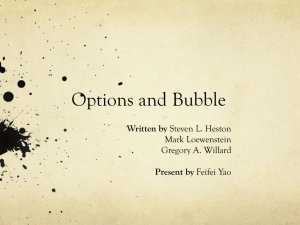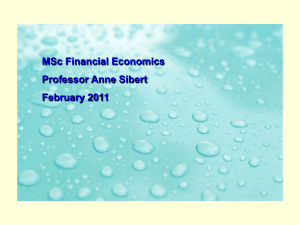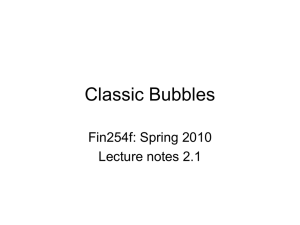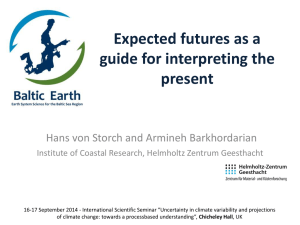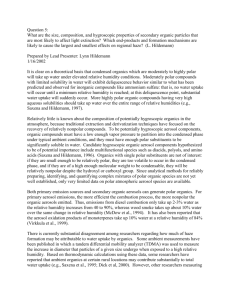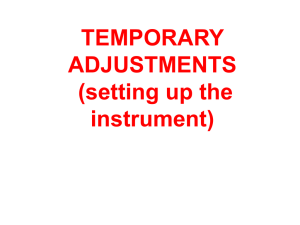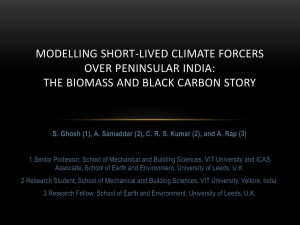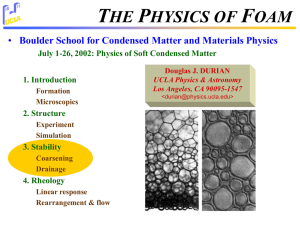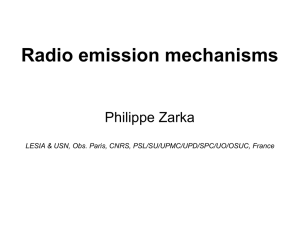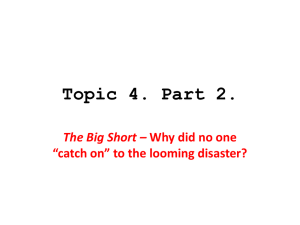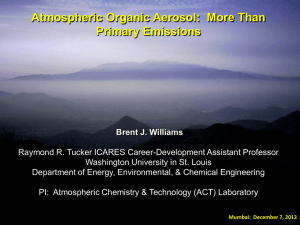Markus Petters
advertisement
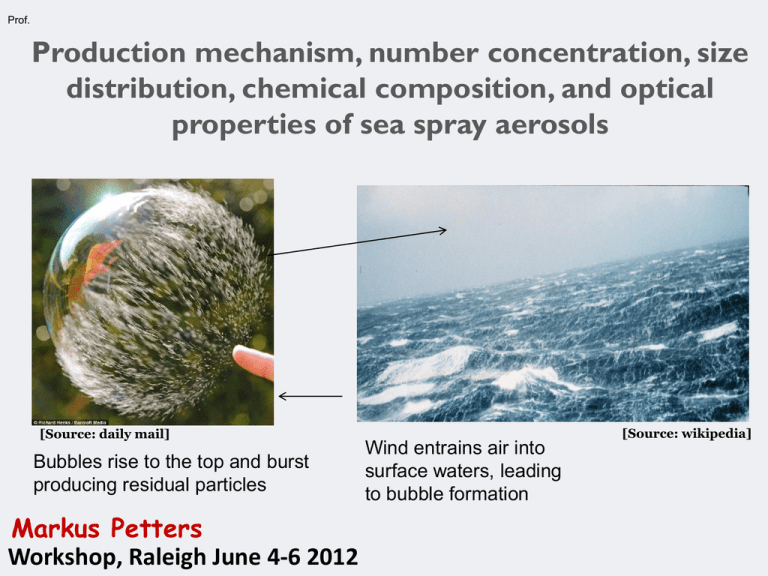
Prof. Production mechanism, number concentration, size distribution, chemical composition, and optical properties of sea spray aerosols [Source: daily mail] Bubbles rise to the top and burst producing residual particles Markus Petters Workshop, Raleigh June 4-6 2012 Wind entrains air into surface waters, leading to bubble formation [Source: wikipedia] The role of marine aerosols in determining cloud albedo, precipitation, and structure [Petters et al., JGR, 2006] Quotes from an Andreae et al. (2009). “The number size distribution of the sea salt aerosol extends well down into the submicron range and indeed commonly peaks there” It had long been thought that most marine sub-micron particles are primarily comprised of sulphate derived from the oxidation of dimethyl sulfide emitted from ocean surface and SO2 from long range transport of continental sources and ship emissions.” “… numerous recent studies have revealed a substantial organic presence even in remote marine air.” [O’Dowd et al. , Nature, 2004] Hygroscopicity (diameter growth factor) as a proxy for aggregate chemical composition Organics: 𝜿 = 𝟎 − 𝟎. 𝟐 gf @ 80% = 1-1.2 Sulfates: 𝜿 = 𝟎. 𝟔 − 𝟎. 𝟕 gf @ 80% = 1.5-1.6 Internally mixed particle: 𝜿 = ∑𝝐𝒊 𝜿𝒊 Low (< 0.6) measured hygroscopicities indicate substantial contribution of organic compounds Sea Salt: 𝜿 = 𝟏. 𝟑 gf @ 80% = 1.8 Model prediction over remote oceans: 0.5 < 𝜿 < 1.2 [Pringle et al., ACP, 2010, ECHAM/MESSy Atmospheric Chemistry (EMAC) model] Measurements show generally 𝜿 < 0.5. • Where is all the sea salt? • Does sea-spray contribute to aerosol number? • Does sea spray include a dominant organic source? Growth factor data from DYCOMS-II (remote Pacific, 7 flights in July Histogram of growth factor measurement taken over the ocean [Wex et al., GRL, 2010] [Snider and Petters , ACP 2008] Bottom up approach: lab studies combined with bubble spectra [Blanchard and Syzdek, JGR, 1988] [Wu et al., 1992] Bottom up approach: aerosol number production/bubble scatter widely – do we accept such large uncertainties? [Blanchard and Syzdek, JGR, 1988] [Lewis and Schwartz, 2004] Organic coatings on bubbles • The thickness of the organic coating for oceanic bubbles ranges from 0.01 m for lipids to 1 m for proteins such as glycoproteins • Coating occurs within a few seconds for bubbles < 300 m • Coatings stabilize the bubble potentially through their surfactant properties • Large bubbles (mm size) are not completely coated • Important for ocean optical properties [Thorpe 1982, Yount 1979 and others] [Chalmers and Bavarian, 1991] Trying to understand production of organics in the laboratory filtered air Aerosol measurement [Bates et al., 2012, JGR in press] Organic fractions from sea-spray are all over the map, but many studies show that it is difficult to emit organics Keene et al., JGR 2007 Facchini et al., GRL, 2008 Wex, Fuentes et al., AMET/AMT, 2010 Bates al. JGR, 2012 Modini et al. ACP, 2010 To what level do we need to decompose the system? Single bubble, single plume, single whitecap, single model gridbox? [Deane and Stokes, Nature, 2002] Field vs. Laboratory Measurements • • • Very challenging measurement environment Difficult to isolate sea-spray from secondary aerosol and free- troposphere entrainment Difficult to control for key variables (wind speed, sea-water composition, wind fetch, wet and dry deposition, evolution of size distribution, atmospheric turbulence …) Courtesy of Jeff Reid • • • Studies in great detail are possible, working towards mechanistic understanding Precise control over variables (bubble size, water composition, surface layer) Main critique: experiments are not representative (bubble plume, atmospheric turbulence …) http://termserv.casaccia.enea.it/term/brivido/brivido.html Different questions may need different foci • Mass emissions (optical properties) • Number emissions (CCN properties: size + chemical composition) • “Special” emissions (surfactants affecting CCN properties, ice nuclei emissions)




